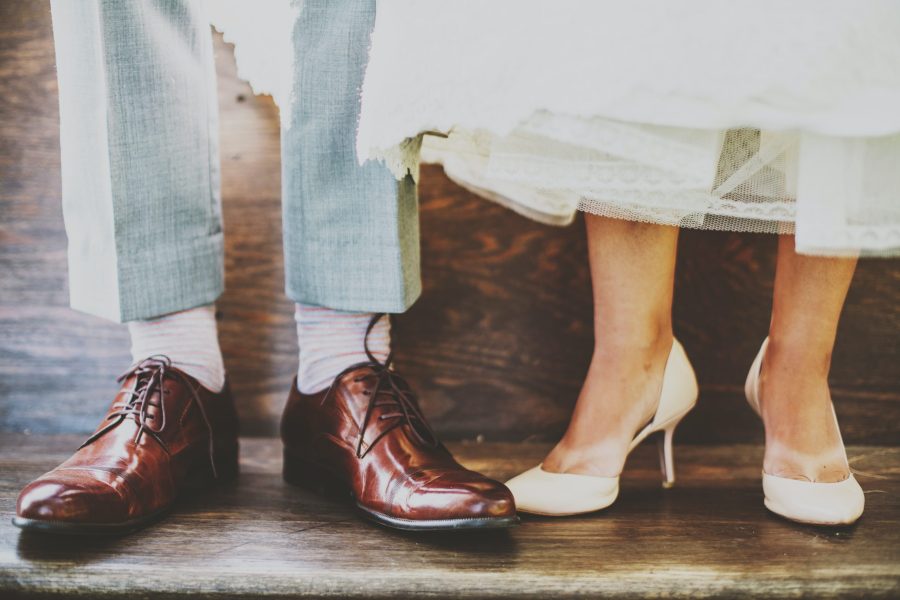Last week, I caught up with my college best friend, who I hadn’t spoken with in a few months. During our phone call, she was telling me about her new partner, a woman she began dating earlier this year. My friend described their relationship as “uncomplicated” and “low drama,” with their biggest disagreements to date being around potential color schemes for the imagined living room they hope to share in the future. I congratulated her on what sounded to me like a wonderful new relationship, but she quickly replied, “I’m just waiting for the other shoe to drop.” She already felt that the relationship was doomed, and they hadn’t even had their first fight!
Recreating History
My friend has a complicated relationship history, one that includes divorce, betrayal, and manipulation. It makes sense that she would feel uneasy and awkward in her new consistent, supportive relationship, because it falls outside of her comfort zone. After all, we often repeat and recreate unproductive patterns because they’re familiar. We find comfort and predictability in the familiar, regardless of whether the familiar is dysfunctional. As children, we learn certain coping skills, belief systems, and behavioral patterns, which become deeply entrenched over the years. After years of employing those coping skills and behavioral patterns, they tend to sneak into our current relationships. And when we allow those past experiences to influence our image of our new partners, our behaviors and actions towards them, and our hopes and expectations for the relationship, it can keep us in a repetitive cycle that harms both us and our loved ones.
Keeping both relationship shoes on
Therapy can help us process hurts and losses from past relationships while identifying unproductive patterns and dynamics, so that we can disrupt those cycles. In individual therapy, we can learn to question our anxious or destructive thoughts and trust ourselves to make healthy choices. We can explore the coping skills, belief systems, and behaviors we learned in childhood to determine whether they are still serving us in our current adult lives. In couples therapy, we can process our unmet needs and core wounds with our partners, allowing connection and intimacy to grow from our vulnerability. We can learn to re-image our partners, allowing us to see them clearly as themselves rather than as people from our pasts. And remember, no matter how new or settled our relationships are, we don’t have to wait for the other shoe to drop to begin doing the work to build healthy, satisfying connections.

